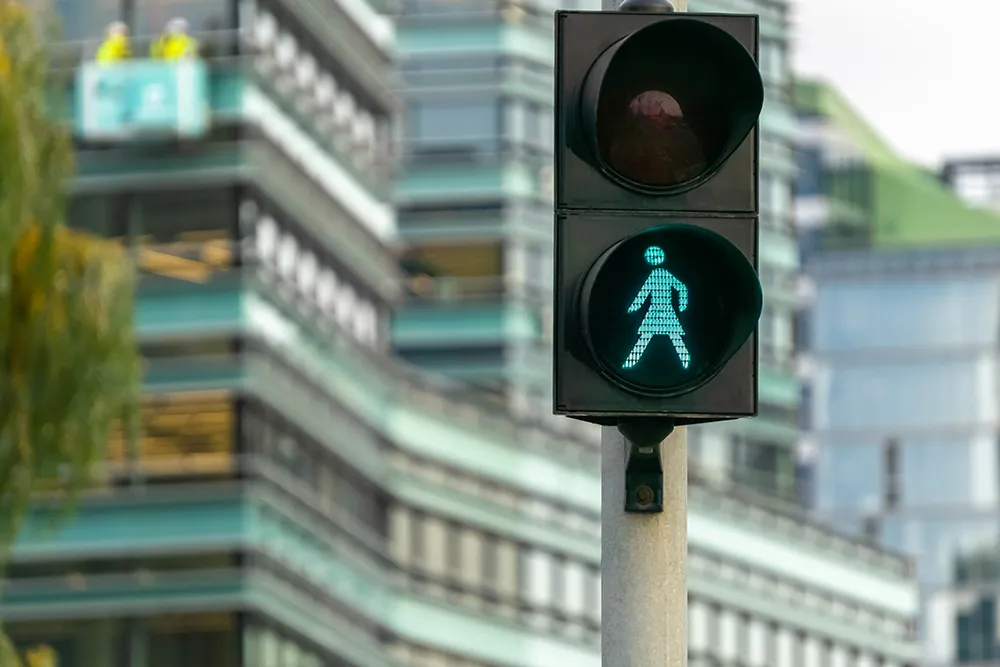The Car Connectivity Consortium (CCC), creator of MirrorLink, has signed a co-operation agreement with the European Telecommunications Standards Institute (ETSI) in which ETSI will formally explore adopting MirrorLink as an ETSI Technical Specification (TS). The CCC and ETSI reached the accord on 17 November at the 66th ETSI General Assembly meeting in Sophia Antipolis.
MirrorLink is an ingenious way to bring smartphone content to the dash. Huge icons make apps easy to use and smart technology knows if t
November 18, 2015
Read time: 2 mins
The Car Connectivity Consortium (CCC), creator of MirrorLink, has signed a co-operation agreement with the European Telecommunications Standards Institute (ETSI) in which ETSI will formally explore adopting MirrorLink as an ETSI Technical Specification (TS). The CCC and ETSI reached the accord on 17 November at the 66th ETSI General Assembly meeting in Sophia Antipolis.
MirrorLink is an ingenious way to bring smartphone content to the dash. Huge icons make apps easy to use and smart technology knows if the car is parked or in motion. Designed for maximum interoperability between a wide range of smartphones and cars, MirrorLink is the only OS-and OEM-agnostic technology for car-smartphone connectivity where no single entity has a controlling stake.
“MirrorLink’s capacity to increase safety on today’s roads by safely connecting smartphone apps and vehicles makes it a compelling candidate for ETSI’s portfolio of standards,” said Luis Jorge Romero, ETSI director-general. “MirrorLink is also in line with ETSI’s mission to remain on the forefront of future technologies and to improve life for the next generation of world citizens.”
“The CCC is very pleased to enter a co-operation agreement with ETSI because it serves as important validation for MirrorLink’s wide-reaching car tech capabilities,” said Alan Ewing, President and Executive Director of the CCC. “With millions of MirrorLink-enabled handsets and vehicles already in use on European roads alone, the public has demonstrated not only demand for intuitive connected car technologies, but an eagerness to do their part in reducing distracted driving.”
MirrorLink is an ingenious way to bring smartphone content to the dash. Huge icons make apps easy to use and smart technology knows if the car is parked or in motion. Designed for maximum interoperability between a wide range of smartphones and cars, MirrorLink is the only OS-and OEM-agnostic technology for car-smartphone connectivity where no single entity has a controlling stake.
“MirrorLink’s capacity to increase safety on today’s roads by safely connecting smartphone apps and vehicles makes it a compelling candidate for ETSI’s portfolio of standards,” said Luis Jorge Romero, ETSI director-general. “MirrorLink is also in line with ETSI’s mission to remain on the forefront of future technologies and to improve life for the next generation of world citizens.”
“The CCC is very pleased to enter a co-operation agreement with ETSI because it serves as important validation for MirrorLink’s wide-reaching car tech capabilities,” said Alan Ewing, President and Executive Director of the CCC. “With millions of MirrorLink-enabled handsets and vehicles already in use on European roads alone, the public has demonstrated not only demand for intuitive connected car technologies, but an eagerness to do their part in reducing distracted driving.”








